10 Edible Weeds Likely Growing in Your Yard
Many of the so-called “weeds” in your garden might actually be totally safe – and tasty! – to eat.
10 Edible Weeds Likely Growing in Your Yard
Many of the so-called “weeds” in your garden might actually be totally safe – and tasty! – to eat.
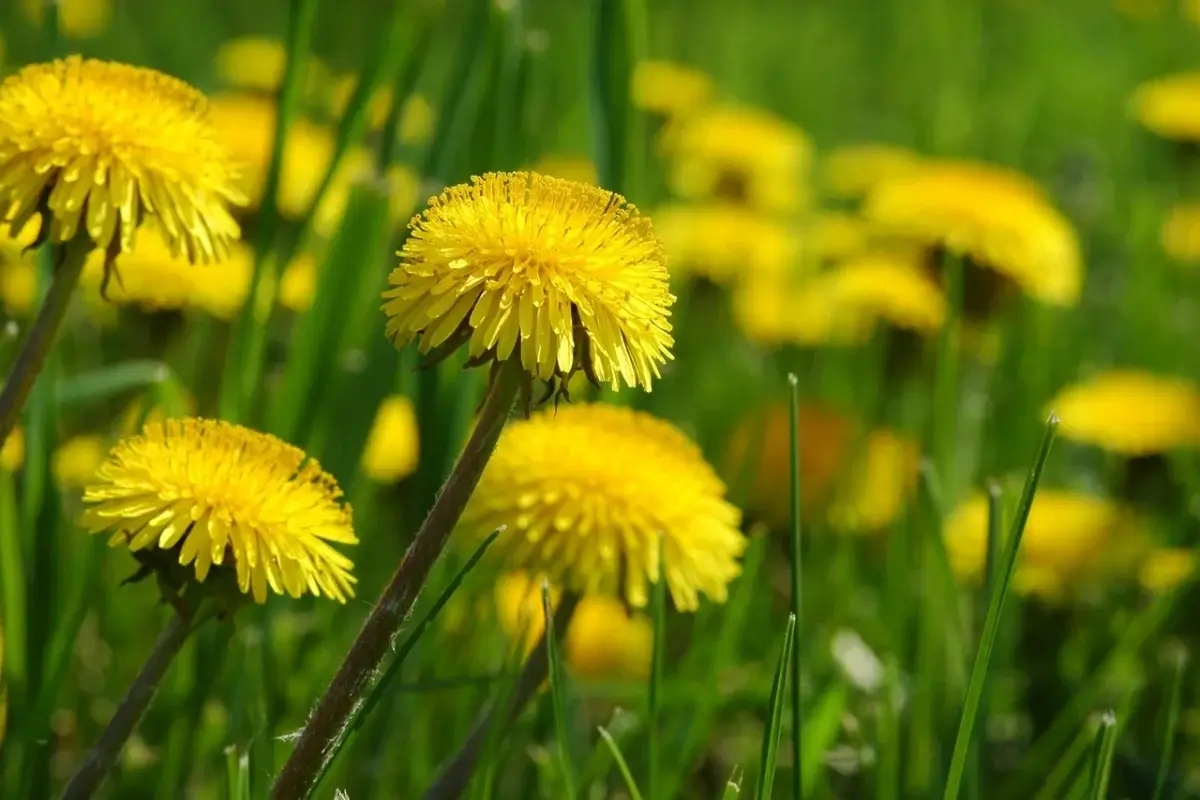
Photography by Shutterstock/AustralianCamera
We may not realize it, but an unkempt, uncultivated backyard is often full of food, especially edible greens. Many are in fact feral cousins of gourmet crops, and they typically pack more nutrients per leaf than their cultivated kin. They are almost always more potent in flavor.
The species listed here are fairly easy to identify and are unlikely to be confused with toxic species that have a similar appearance. Still, never eat a plant unless you are 100 percent sure of its identity.
You likely have a few of the following species growing in your backyard already. Let’s learn more.
Dandelion (Taraxacum officinale)
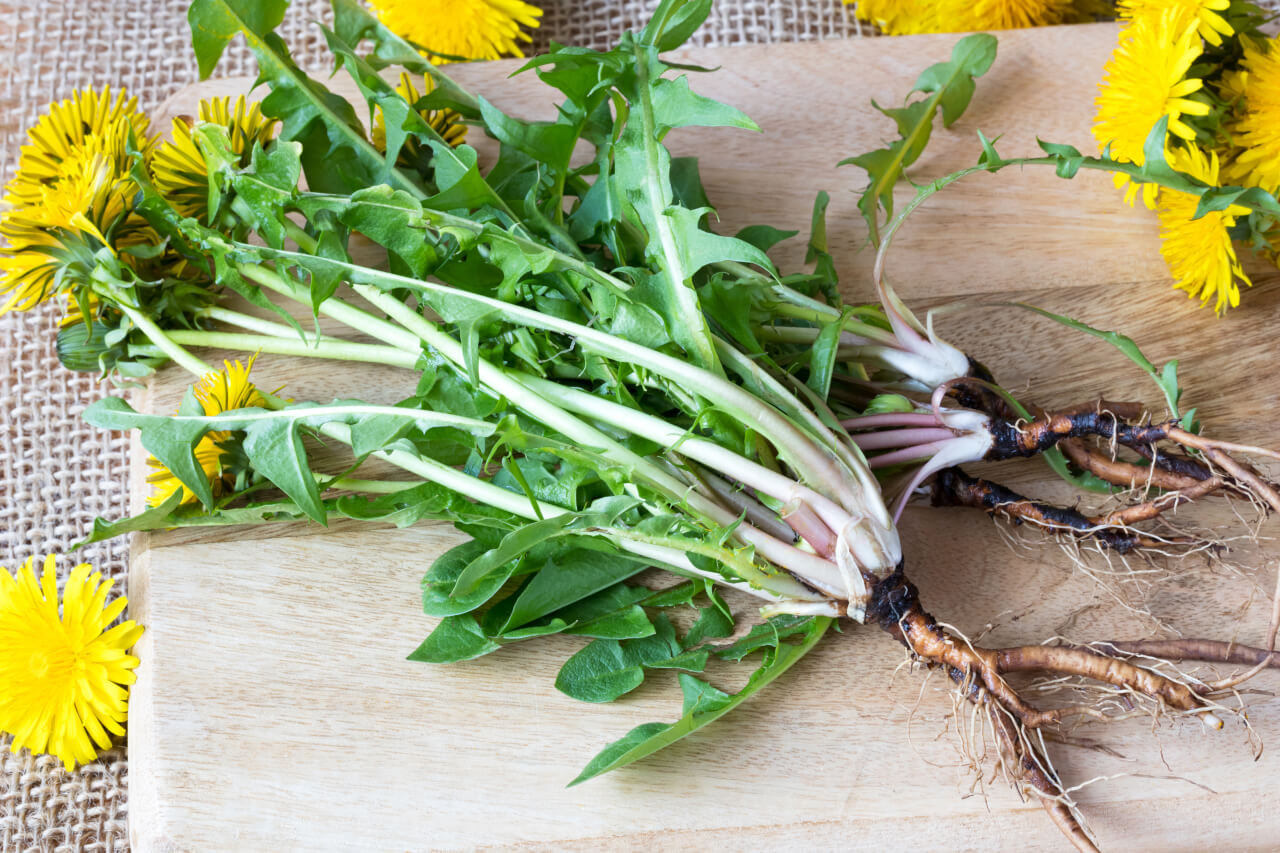
This homely plant is extraordinarily difficult to eradicate, but easy to harvest. The leaves, roots, and even the flowers all have myriad edible and medicinal uses. But the most straightforward one is to simply pluck the small leaves found at the center of a dandelion clump (these are most tender and least bitter), chop finely and sprinkle them in salads, to which they add a delightfully tangy flavor. The yellow petals make a nice garnish.
Purslane (Portulaca oleracea)

The thick teardrop-shaped leaves of this weed have an unusual succulent, mucilaginous texture, like a cross between spinach and okra. Purslane’s mild taste balances out the stronger flavors of many other weed species when mixed together in a salad.
Sheep Sorrel (Rumex acetosella)
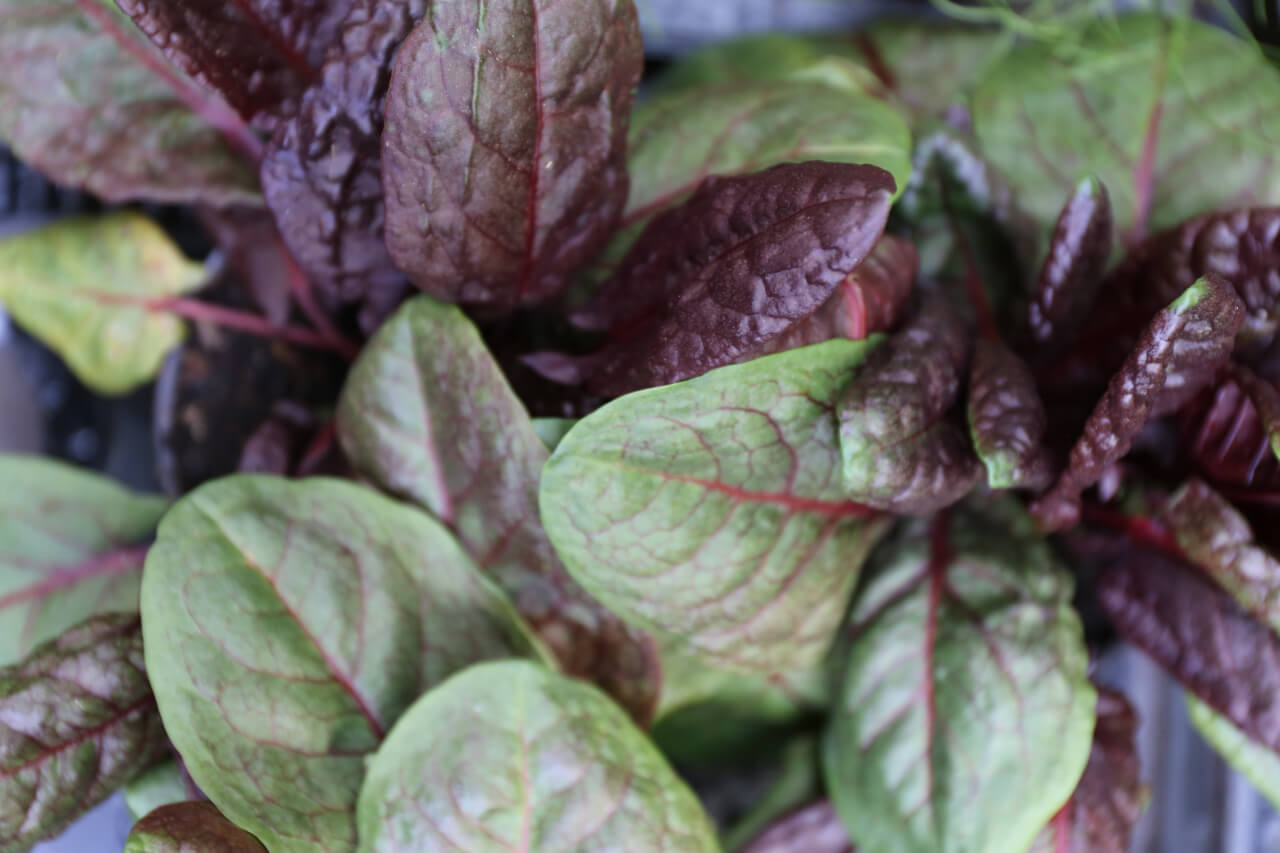
This weed is closely related to French sorrel, a gourmet green with a famously tangy flavor. The arrow-shaped leaves of sheep sorrel are nearly identical in taste, though they are much smaller and have a slightly bitter edge. You wouldn’t want to eat a salad comprised only of this plant, but chopped finely it is a delicious ingredient.
Curly Dock (Rumex crispus)
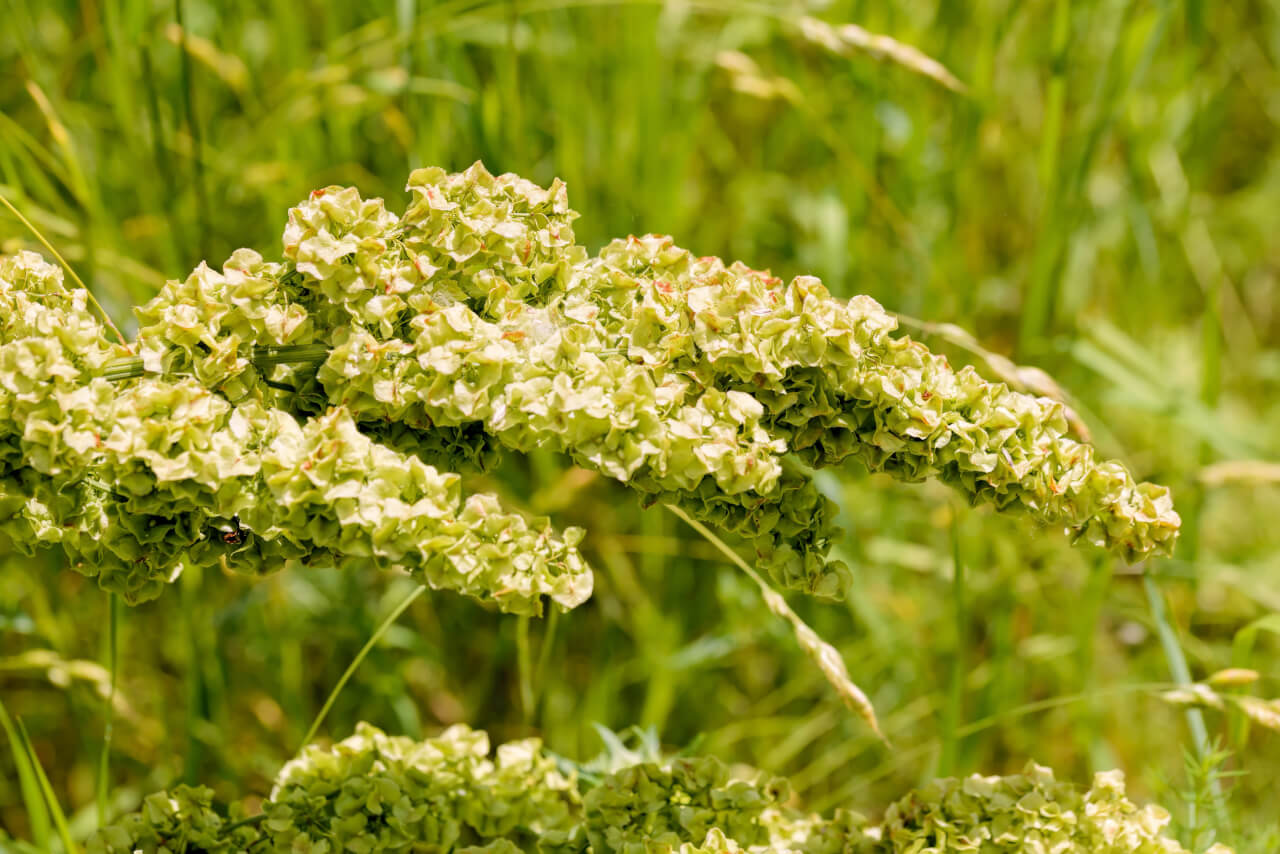
Another tangy relative of French sorrel, the leaves of curly dock are much larger than sheep sorrel. They are also tougher, so be sure to harvest the younger ones and use sparingly in salads.
read more
How to Grow and Harvest Grains in Your Backyard
Wood Sorrel (Oxalis spp.)
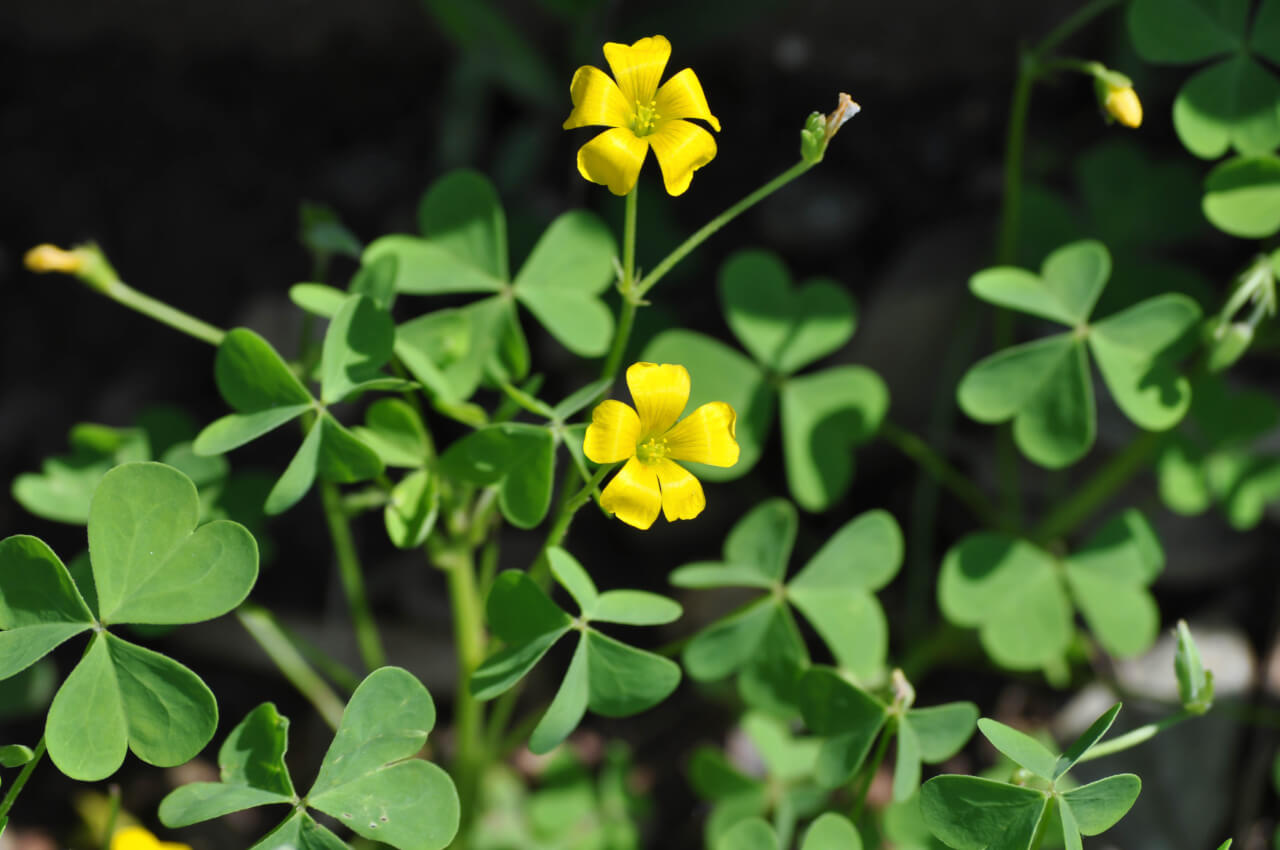
Despite the name, this plant is not related, botanically speaking, to other sorrels. But it shares a similar tangy flavor. It differs in texture, however, with soft, almost succulent leaves.
Lamb’s Quarters (Chenopodium album)
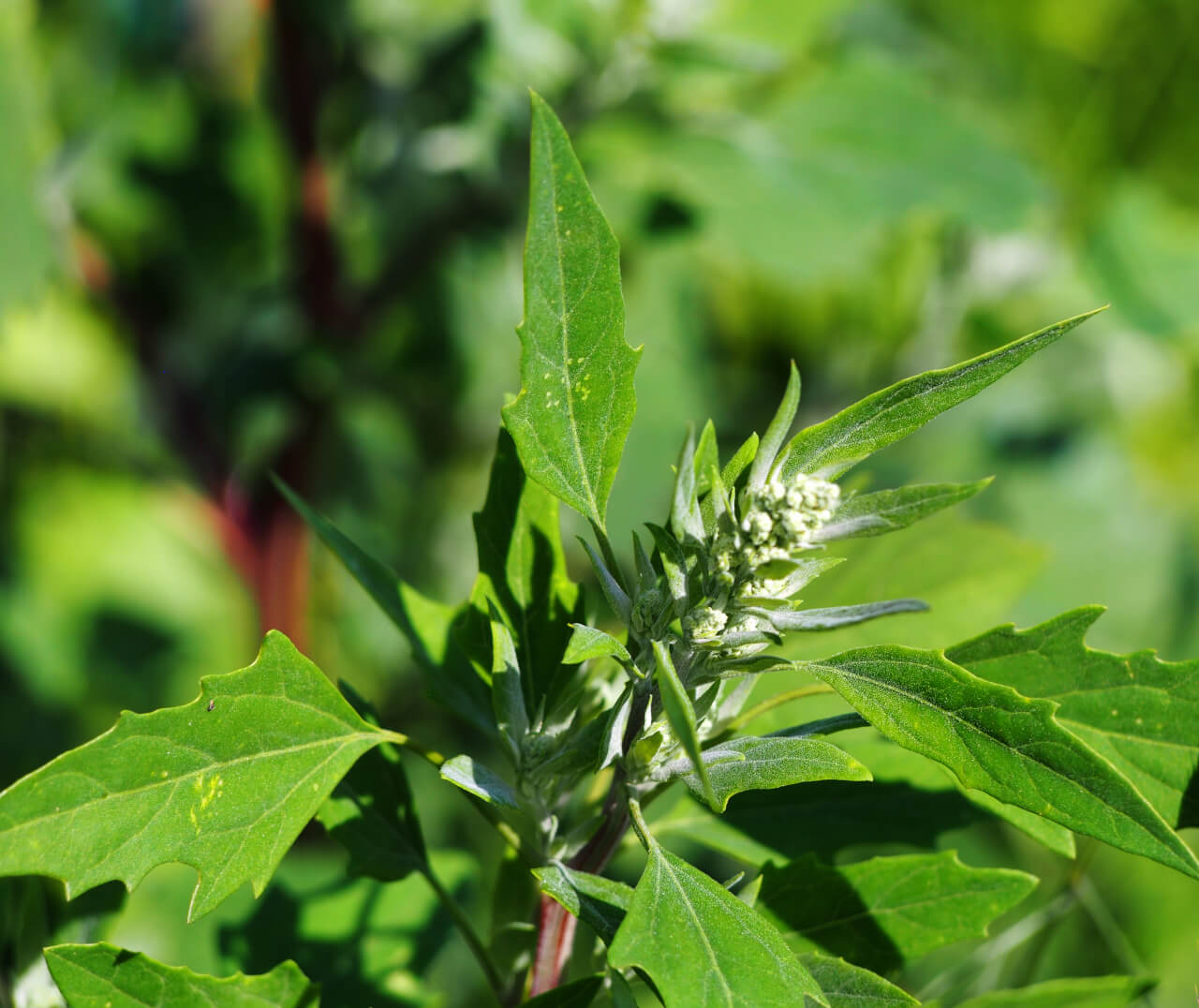
This is one of the most common garden weeds, and one of the most palatable. They make a fine spinach substitute in salads. Lamb’s quarters can grow head-high, but the leaves are most tender on plants that come no higher than your knee.
Chickweed (Stellaria media)
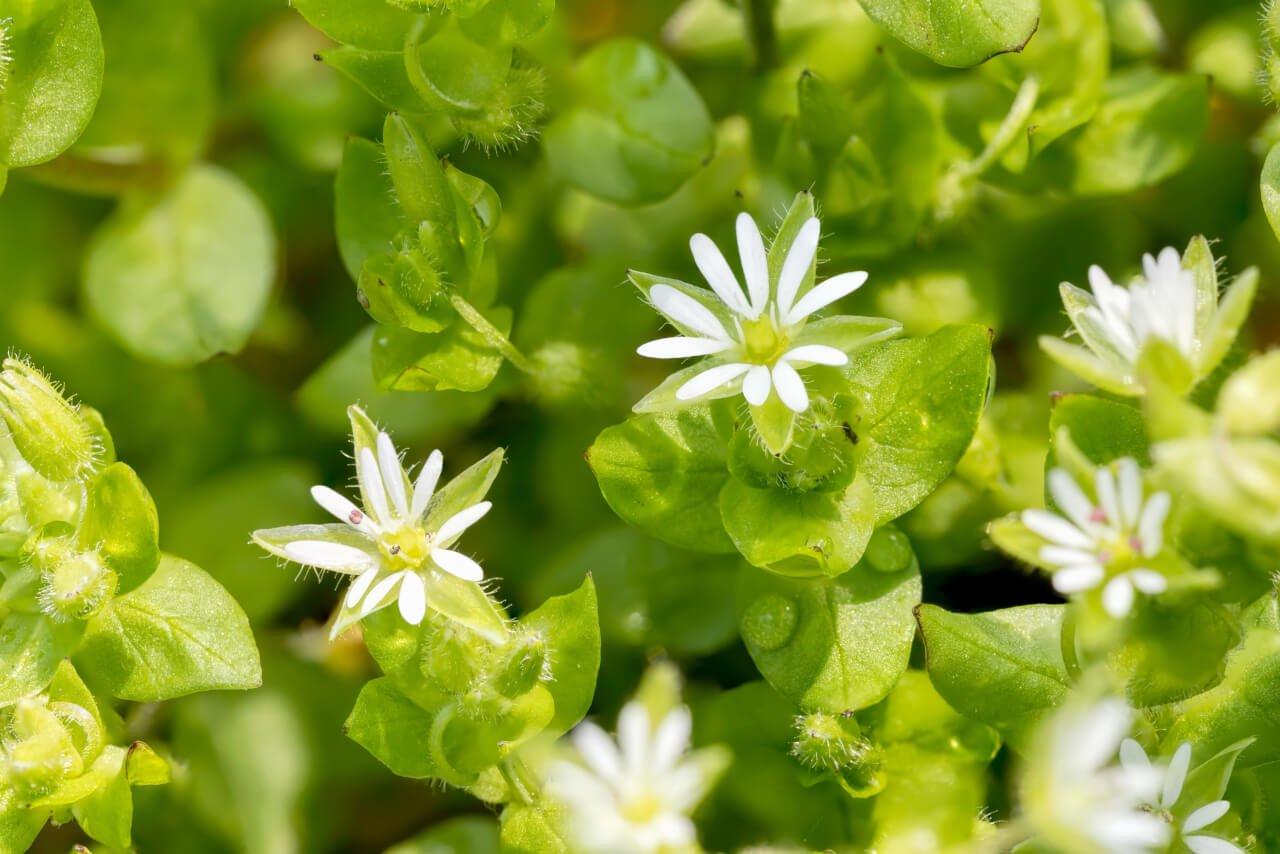
The leaves are tiny on this twining, sprawling plant, so you’ll want to harvest whole clumps, stems, and all, for salads. Chickweed is one of the few weeds that can match baby lettuce in its tenderness and neutral flavor.
read more
6 Secretly Poisonous Plants We Eat All the Time
Plantain (Plantago spp.)
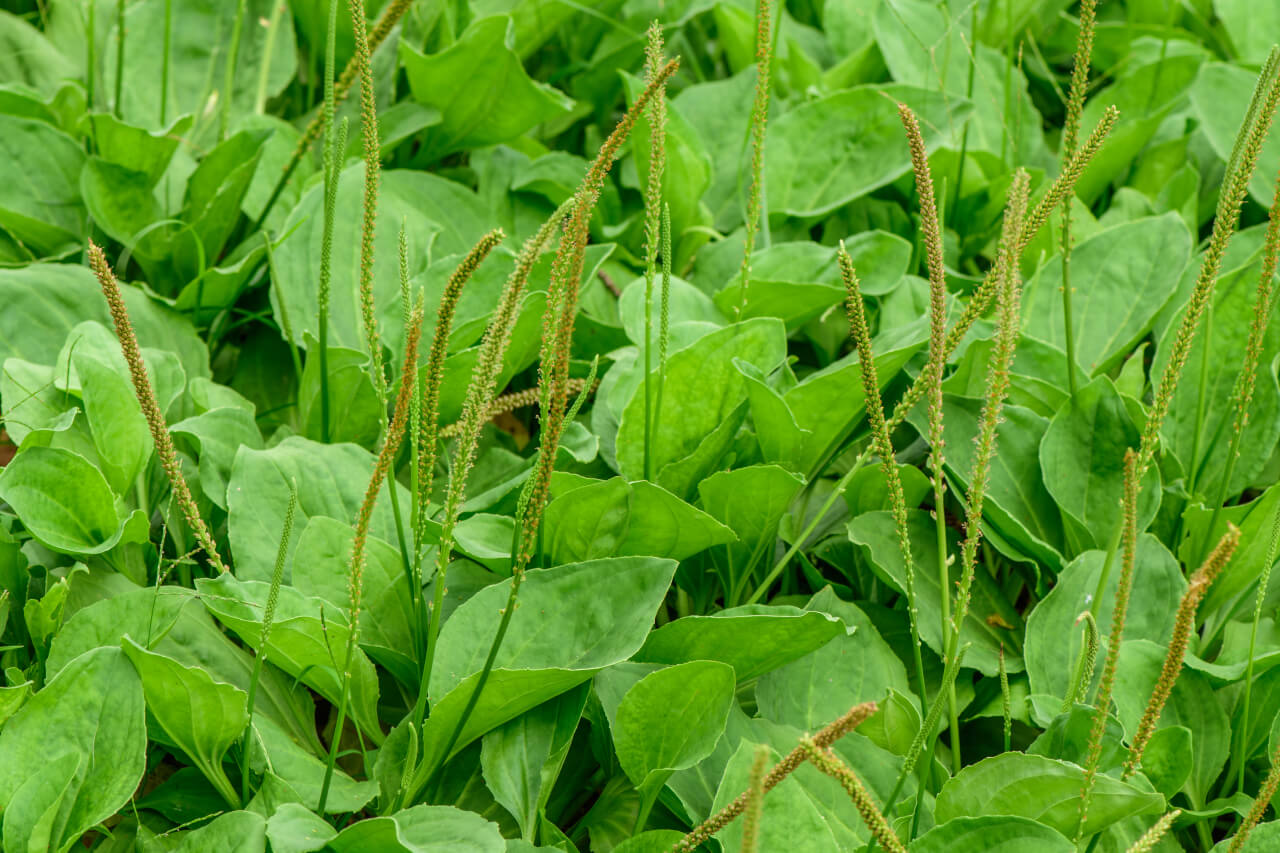
Somewhat thick and chewy, plantain leaves must be used sparingly in salads. Select the smallest, most tender ones and chop them finely. They are fairly neutral in flavor but packed with nutrients.
Garlic Mustard (Alliaria petiolata)
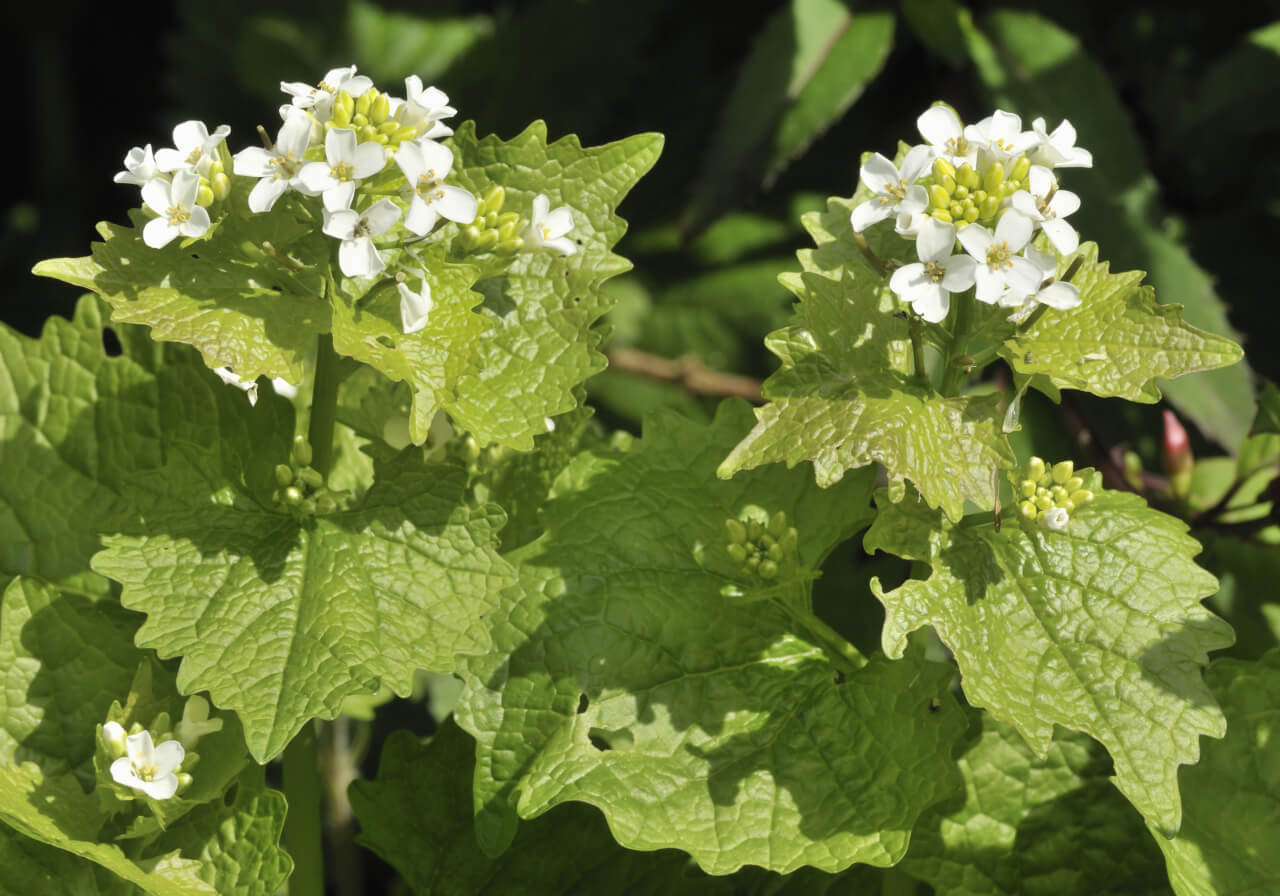
This weed tastes like mustard greens (to which it is related), with a hint of, you guessed it, garlic. Harvested when young, the leaves are reasonably tender – though if the plants grow up tall and produce flowers, you can eat those, too.
Violets (Viola spp.)
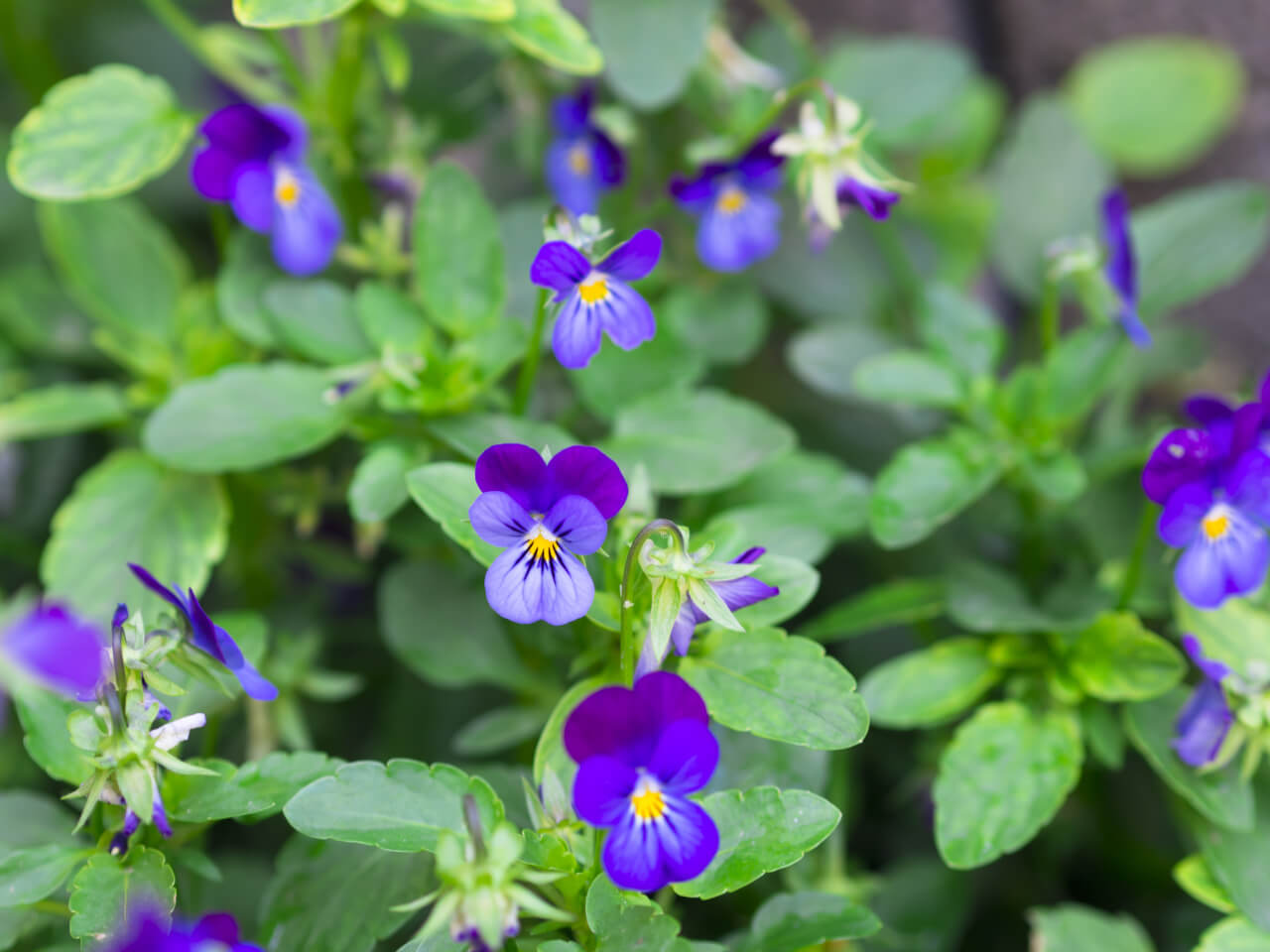
The leaves of all violets and violas are edible, including the tiny weedy ones that often invade lawns and gardens. The dainty flowers are tasty, too.
Follow us

This work is licensed under a Creative Commons Attribution-NoDerivatives 4.0 International License.
Want to republish a Modern Farmer story?
We are happy for Modern Farmer stories to be shared, and encourage you to republish our articles for your audience. When doing so, we ask that you follow these guidelines:
Please credit us and our writers
For the author byline, please use “Author Name, Modern Farmer.” At the top of our stories, if on the web, please include this text and link: “This story was originally published by Modern Farmer.”
Please make sure to include a link back to either our home page or the article URL.
At the bottom of the story, please include the following text:
“Modern Farmer is a nonprofit initiative dedicated to raising awareness and catalyzing action at the intersection of food, agriculture, and society. Read more at <link>Modern Farmer</link>.”
Use our widget
We’d like to be able to track our stories, so we ask that if you republish our content, you do so using our widget (located on the left hand side of the article). The HTML code has a built-in tracker that tells us the data and domain where the story was published, as well as view counts.
Check the image requirements
It’s your responsibility to confirm you're licensed to republish images in our articles. Some images, such as those from commercial providers, don't allow their images to be republished without permission or payment. Copyright terms are generally listed in the image caption and attribution. You are welcome to omit our images or substitute with your own. Charts and interactive graphics follow the same rules.
Don’t change too much. Or, ask us first.
Articles must be republished in their entirety. It’s okay to change references to time (“today” to “yesterday”) or location (“Iowa City, IA” to “here”). But please keep everything else the same.
If you feel strongly that a more material edit needs to be made, get in touch with us at [email protected]. We’re happy to discuss it with the original author, but we must have prior approval for changes before publication.
Special cases
Extracts. You may run the first few lines or paragraphs of the article and then say: “Read the full article at Modern Farmer” with a link back to the original article.
Quotes. You may quote authors provided you include a link back to the article URL.
Translations. These require writer approval. To inquire about translation of a Modern Farmer article, contact us at [email protected]
Signed consent / copyright release forms. These are not required, provided you are following these guidelines.
Print. Articles can be republished in print under these same rules, with the exception that you do not need to include the links.
Tag us
When sharing the story on social media, please tag us using the following: - Twitter (@ModFarm) - Facebook (@ModernFarmerMedia) - Instagram (@modfarm)
Use our content respectfully
Modern Farmer is a nonprofit and as such we share our content for free and in good faith in order to reach new audiences. Respectfully,
No selling ads against our stories. It’s okay to put our stories on pages with ads.
Don’t republish our material wholesale, or automatically; you need to select stories to be republished individually.
You have no rights to sell, license, syndicate, or otherwise represent yourself as the authorized owner of our material to any third parties. This means that you cannot actively publish or submit our work for syndication to third party platforms or apps like Apple News or Google News. We understand that publishers cannot fully control when certain third parties automatically summarize or crawl content from publishers’ own sites.
Keep in touch
We want to hear from you if you love Modern Farmer content, have a collaboration idea, or anything else to share. As a nonprofit outlet, we work in service of our community and are always open to comments, feedback, and ideas. Contact us at [email protected].by Brian Barth, Modern Farmer
July 12, 2018
Modern Farmer Weekly
Solutions Hub
Innovations, ideas and inspiration. Actionable solutions for a resilient food system.
ExploreExplore other topics
Share With Us
We want to hear from Modern Farmer readers who have thoughtful commentary, actionable solutions, or helpful ideas to share.
SubmitNecessary cookies are absolutely essential for the website to function properly. This category only includes cookies that ensures basic functionalities and security features of the website. These cookies do not store any personal information.
Any cookies that may not be particularly necessary for the website to function and are used specifically to collect user personal data via analytics, ads, other embedded contents are termed as non-necessary cookies.
If there are food shortages, this is likely to come in very handy.
Didn’t know weeds were so good for you
Purslane is the terrestrial plant with the most omega3 fatty acids
(That is very good). Wood sorrel has to be eaten in small quantities if you are prone to have kidney stones( specially do not mix it with creamy dressings with dairy).
Where can I send a photo to identify my weeds?
Thank goodness I listened to my great grandma when I was a child and remembered her stories of eating edible plants. She said it helped her to survive the depression era.
I live in Brooklyn New York And I Have found most of these weeds in my dard. The plantain, the chiquied, the wild Violet Are really nutritious . I often wash them and put them in my smoothies in the morning, And they help regulate my digestive system et cetera. Very important to know about these in case there’s ever a shortage in food Which I have read is possible. It never hurts to know about these thanks, and Unless people spray their lawns for other weeds, than those weeds are not sprayed and therefore are organic
Is there an app perhaps to identify names of weeds/flowers
Love the lambs quarters
FL. has lots of dollar weed, is it edible
leedle leedle leedle lee